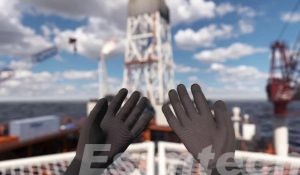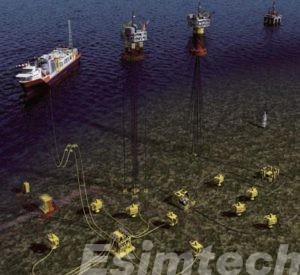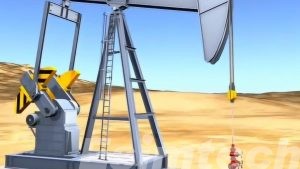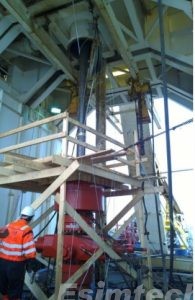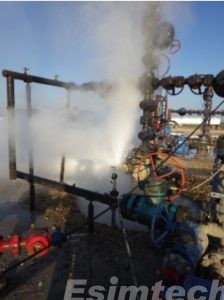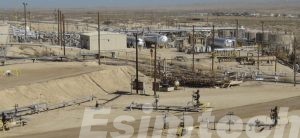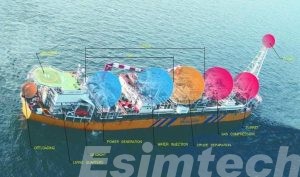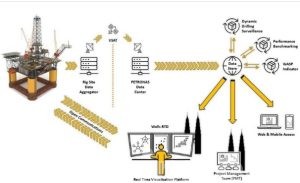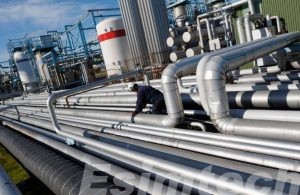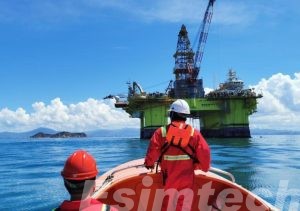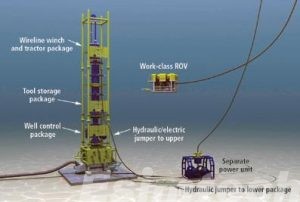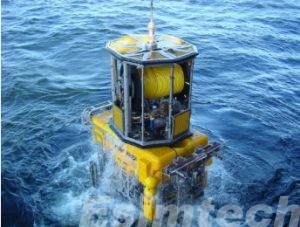The Benefits of VR Training for Oil and Gas Workers
The oil and gas industry is vital to the global economy, but it also comes with significant risks. Workers in this industry often face complex, dangerous environments that require highly…
How to Ensure the Long-term Integrity of Subsea Wells
Subsea wells are vital to the oil and gas industry, facilitating the extraction of hydrocarbons from beneath the seabed. However, the harsh underwater environment, coupled with complex operational challenges, can…
The Role of 3D Petroleum Animation in Explaining Complex Oil & Gas Processes
The rapidly evolving oil and gas industry often requires understanding its complex processes to improve operational efficiency and safety. Now, 3D petroleum animation has become a powerful tool that makes it easier for…
What are Advancements Enabling High-temperature Well Logging
As drilling projects push into hotter and more challenging environments, the need for advanced well logging technologies capable of withstanding extreme high temperatures becomes increasingly critical. This well logging process involves acquiring vital data about…
How to Maintain Effective Well Control during Hydraulic Fracturing Operations
Well control is one of the most critical aspects of hydraulic fracturing (fracking) operations, aimed at ensuring the safe and efficient extraction of oil and gas. Hydraulic fracturing involves injecting high-pressure…
What Are the Three Stages of Crude Oil Recovery
Crude oil serves as a critical energy source, fueling industries, transportation systems, and households globally. The efficient extraction of this resource demands a well-structured process. Crude oil recovery involves drawing…
What are the Differences Between FSO Vessel and FPSO Unit in Oil and Gas
In the oil and gas industry, efficient storage and processing of hydrocarbons play a critical role in offshore operations. Floating Storage and Offloading (FSO) vessels and Floating Production, Storage, and Offloading…
What is Real-time Optimization in Offshore Drilling
Offshore drilling is one of the most technically demanding operations in the energy sector, requiring precision, efficiency, and safety to meet the challenges posed by deepwater and ultra-deepwater environments. Real-time optimization…
Petroleum Pipeline in Oil and Gas Transportation
Petroleum pipelines are vital for the smooth and efficient transportation of crude oil, refined products, and natural gas over long distances. As one of the most cost-effective and safest methods of…
The Importance of Offshore Drilling Training for Safety and Efficiency
The offshore drilling industry is vital for meeting global energy demands. However, its intricate operations and high-risk environment require a workforce that is both highly skilled and safety-oriented. Comprehensive offshore drilling…
What You Need to Know about Deepwater Well Logging
As the oil and gas industry explores resources in ever-deeper waters, deepwater well logging plays a pivotal role in ensuring successful operations. This specialized technique involves collecting detailed subsurface data…
The Crucial Role of Subsea Equipment in the Oil and Gas Industry
As conventional onshore reserves decline and new oil and gas fields are discovered in remote, deepwater locations, subsea technologies have evolved to play a crucial role in the extraction, processing, and…

